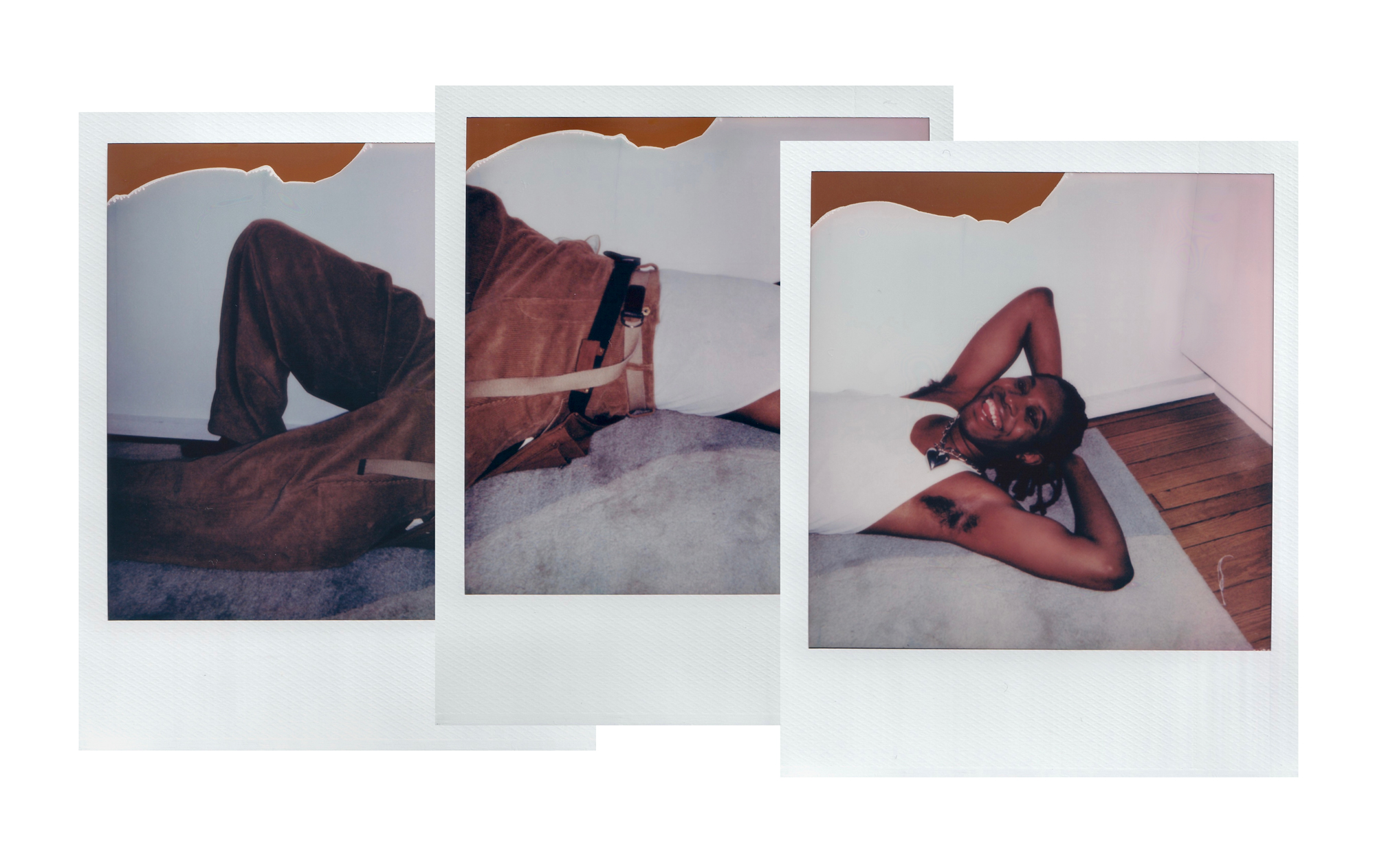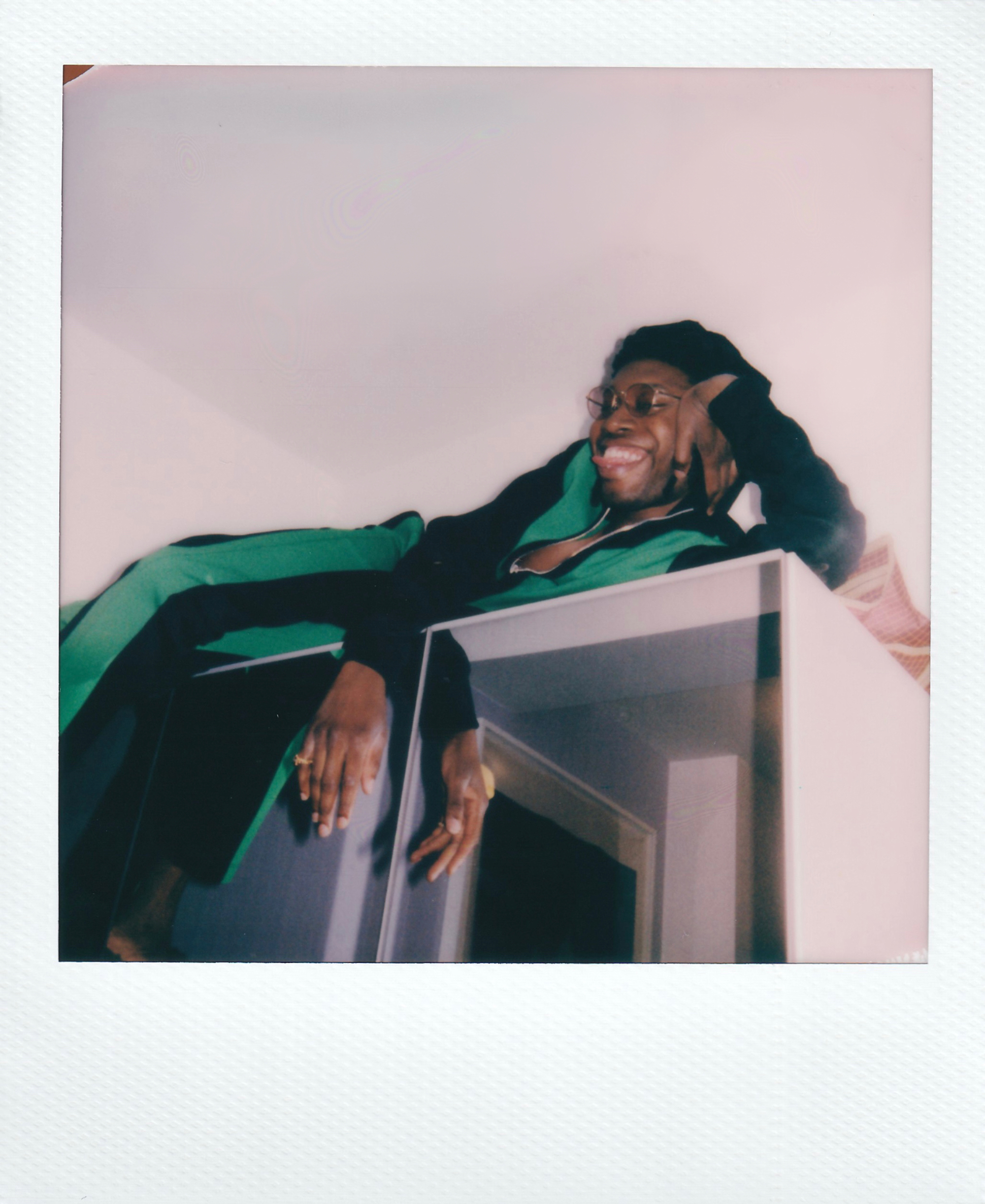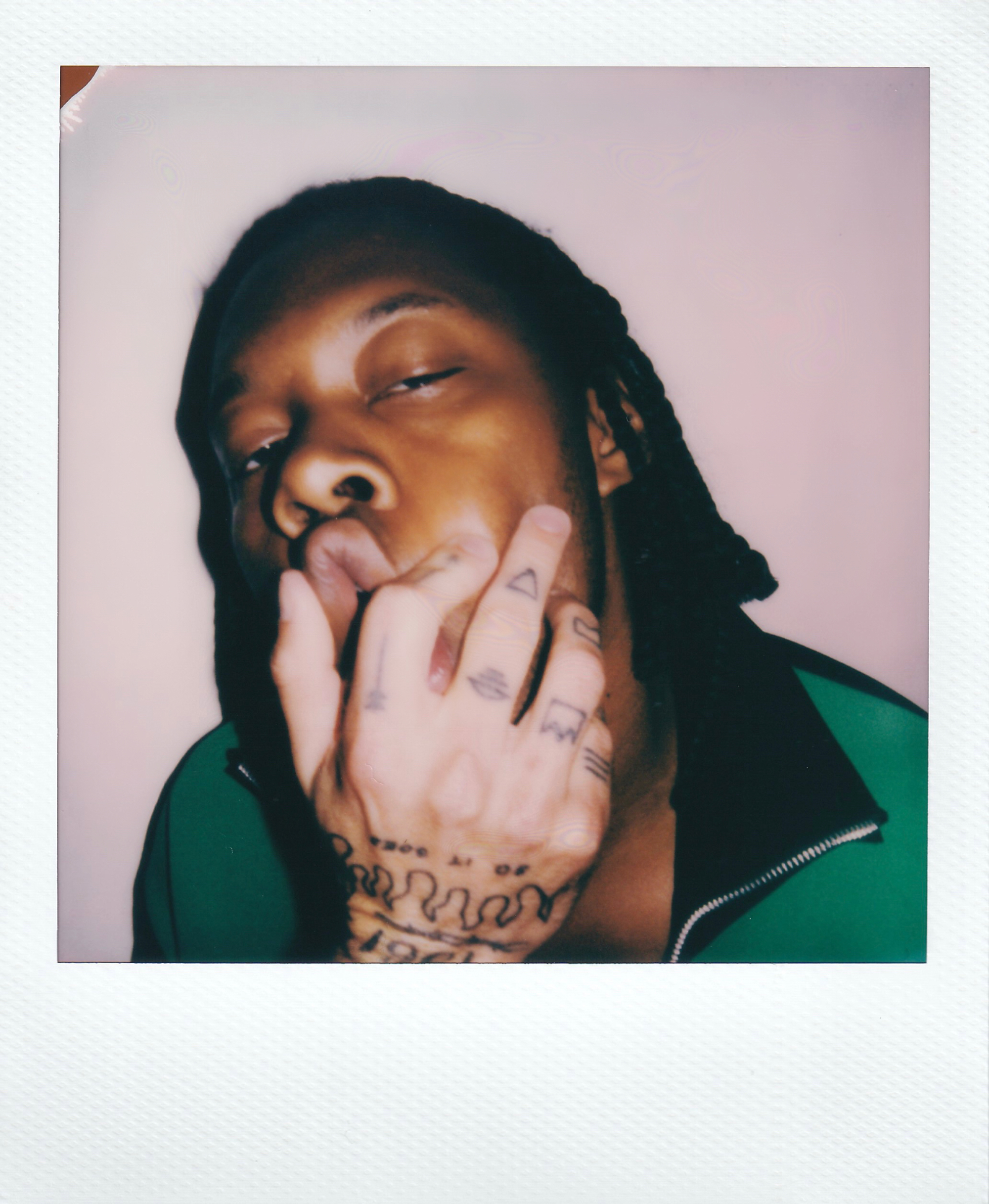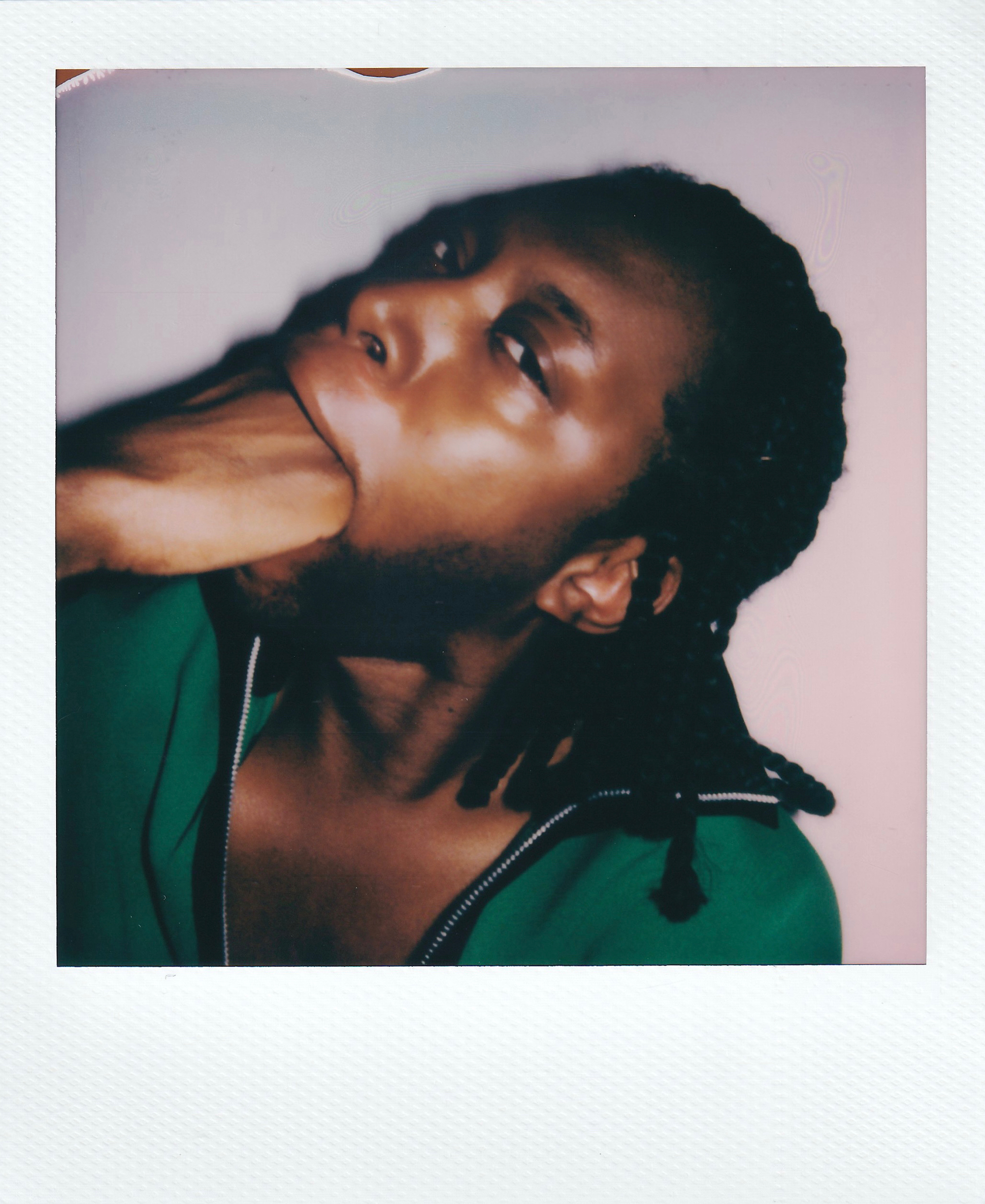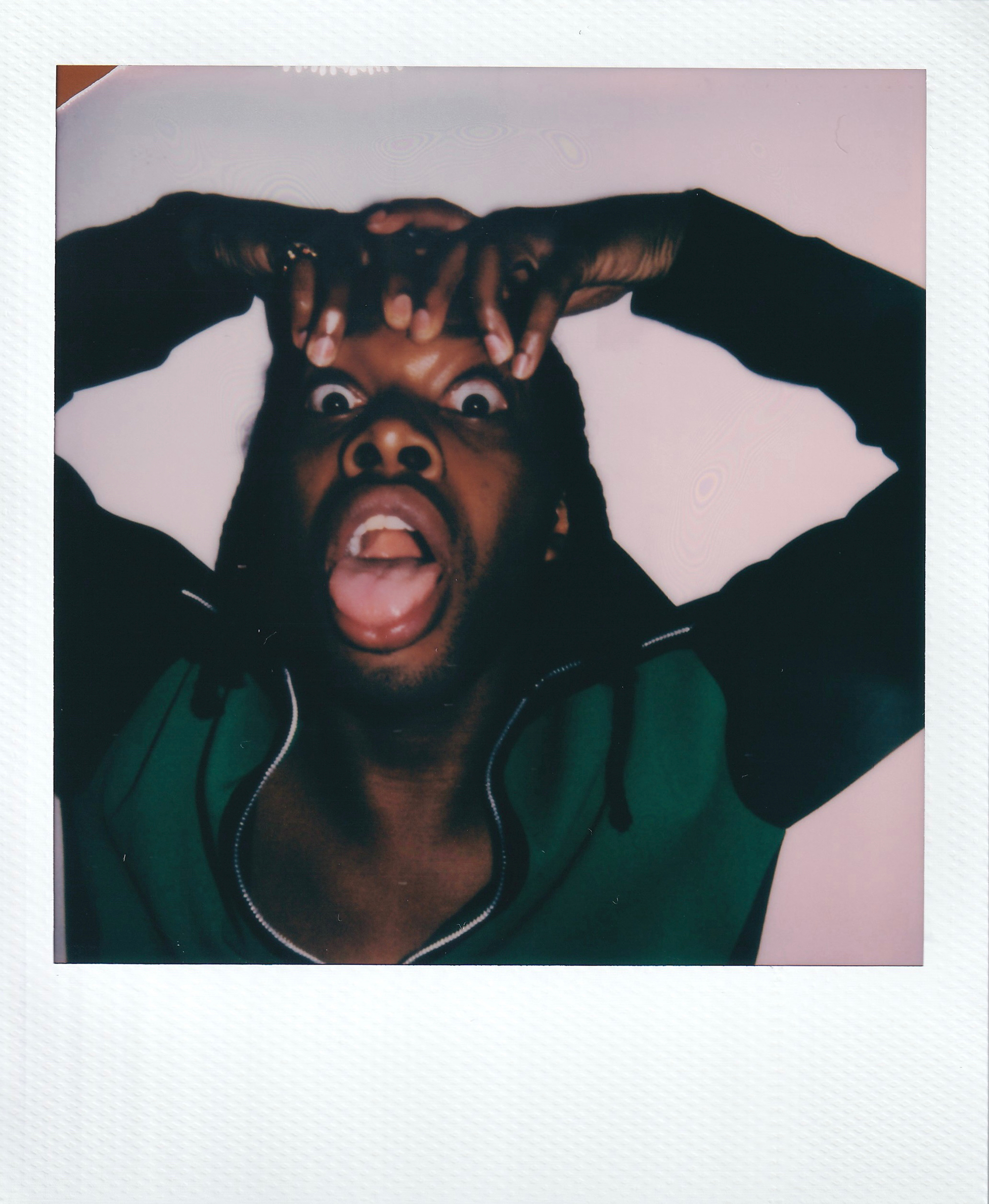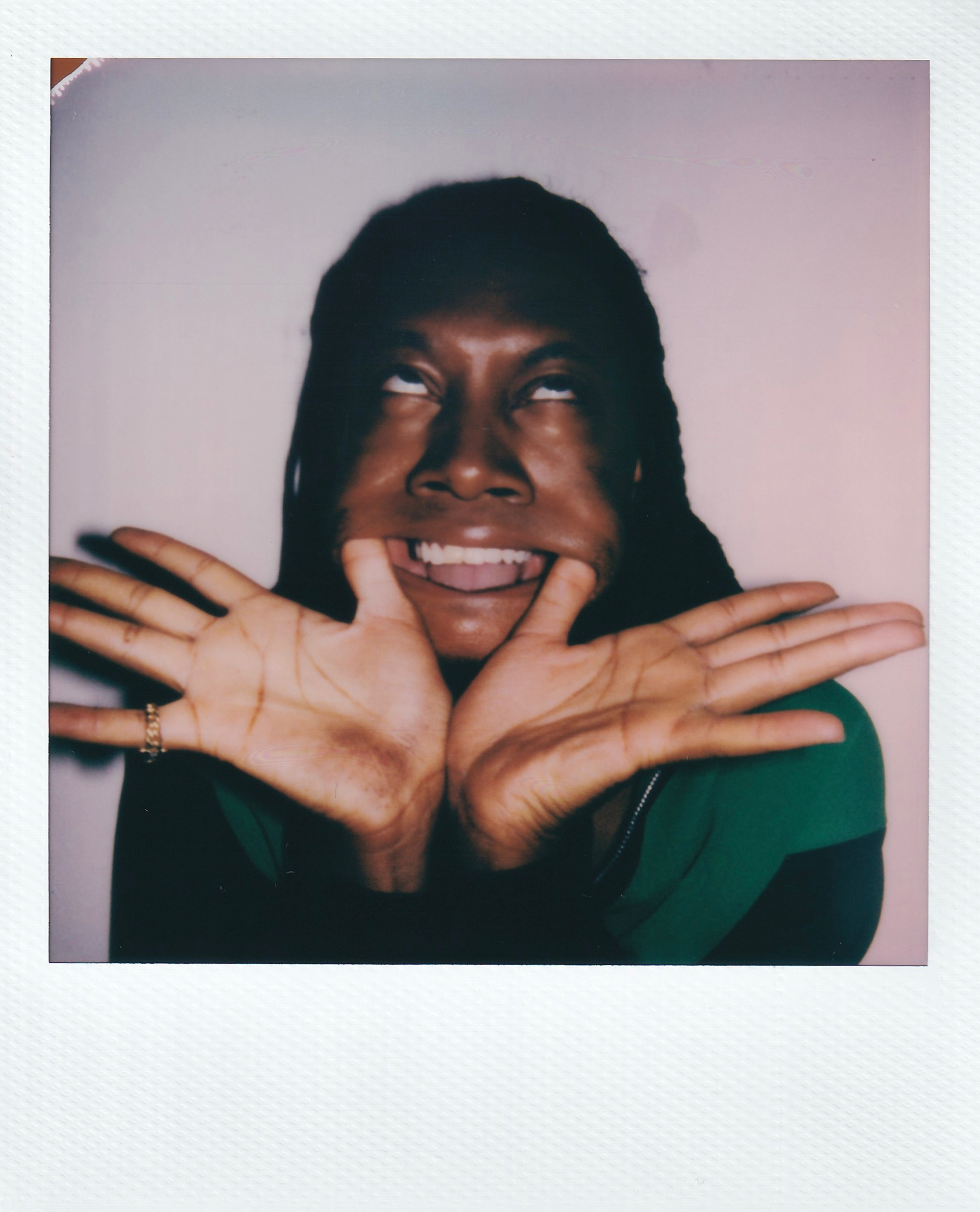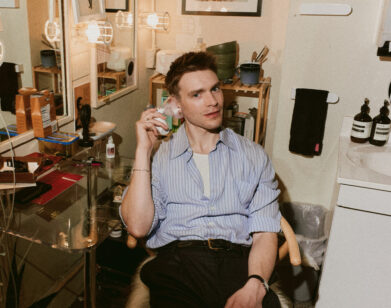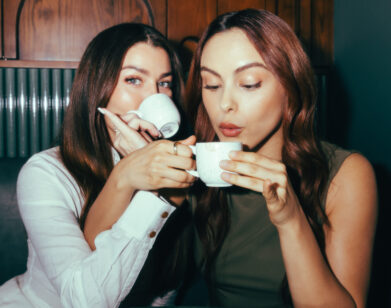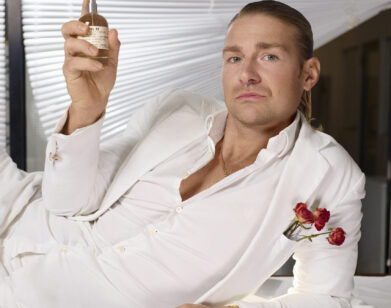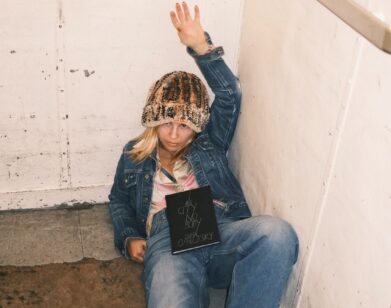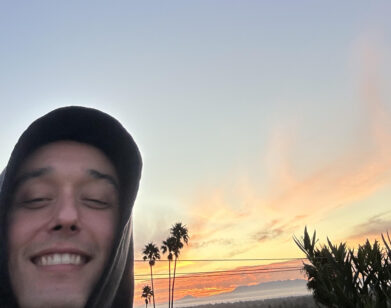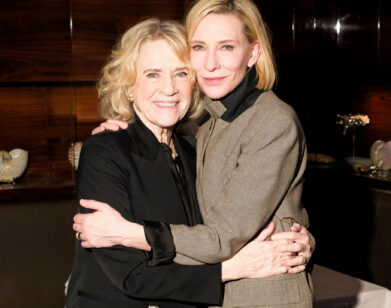EDITOR'S LETTER
“We’re Ready for Chaos”: Jeremy O. Harris Guest Edits Interview’s September Issue
Devan texted the GC last summer and simply said, “New York is really giving!” To which Hari replied, “It really is…Jeremy you NEED to get back here.” I smiled, closed my messages, crawled back into my bed, and went back to scrolling my TikTok somewhere in Southern Italy. This was August 2020, and all I could imagine New York giving me was COVID. Moreover, the New York I had dreamed of since I was a child— a New York of casual glamour, open debauchery, and overwhelming talent—felt extinct. The New York that my peers and I had inherited was one traumatized and sanitized in the wake of Giuliani and Bush. Moreover, a New York without “New York:” its restaurants, its shopping, its theatre, its night clubs felt like no New York at all. So I stayed in Europe, in another fantasy—that of the Black expat artists, one part Vaginal Davis, one part Baldwin, even as images of a new kind of moment in NYC were populating my IG feed.
When I returned to New York this winter it didn’t feel necessarily new, but it did feel quiet in a way I hadn’t seen before. It also, for the first time since living here, felt less like a city and more like a community. The faces one saw became more centralized to one’s neighborhood. I finally knew who ACTUALLY lived in my neighborhood and not just who was always around. A sense of quiet caretaking had become an ethos in NYC in a way I had never known, and I had only read about in the works of Sarah Schulman or Samuel Delaney (who is featured in this issue). It was reminiscent of the world I saw on TV exactly 20 years ago, as the city came together post-9/11, in ways we see when we revisit the harrowing photographs of Joel Meyerowitz that appear in this issue.
New York, like a phoenix, goes through radical transformations after a tragedy, for better or worse. After the litany of complex tragedies of 2020, the New York we are witnessing in this nascent moment is one full of optimism and mystery. It’s both horny and brooding, like a teenager who grew up watching French films.
This is the energy I wanted to celebrate in this issue when I was asked to guest-edit the September issue of Interview: a city (and a magazine) in the midst of a radical transformation, finding its legs and its personality. I also wanted to celebrate the parts of New York that tickled my imagination as a child in North Carolina, and drew me here primarily through film and literature, while also making space for the figures, friends, and images that became my lifeblood during the last 18 months of insanity. That’s why our “Establishing Shot” is of Leyna Bloom, the stunning actress who first made her way in New York as a denizen of the ball scene. Then there’s Sean Pablo, a figure I’m sure I’ve seen skating outside my apartment on my way to breakfast. Then there’s Abe Yoon wearing Willy Chavarria—a TikTok model I couldn’t get out of my For You page, and the designer whose shows I couldn’t stop seeing on my IG.
I don’t know how to make a magazine, and I didn’t pretend to. I decided to take a Warhol approach and just invite the things I wanted to see around the themes that were populating my mind in the lead-up to September. I thought a lot about cinema, specifically the cinema of seedy motel rooms and sweat-stained sheets, and then decided to dream up a screenplay for the actors Riley Keough and Sebastian Chacon. I thought about the queer artists of New York who had built the foundation for my life in this city, so I invited the experimental director Stephen Winter, the artist Mickalene Thomas, and the writer Samuel Delaney to talk about their lives, their loves, and their work.
But I also know that if New York taught me anything, it taught me the importance of a DIVA. A star who shines so bright others dim in their presence. So we’ve populated the magazine with them: Azealia the diva who usurped the NYC hip-hop throne with the MOST New York anthem ever, and still injects queer, Black, radical feminity into the architecture of all of her songs; the young divas who’ve kept the vibes alive this year (in a editorial reminiscent of the Interview classic ANDY’S GIRLS), and the Grand Dames of Broadway, who are the women I’ve grown up idolizing and imitating that make up the foundation of New York’s theatrical heartbeat. These divas taught me in various ways how to BE in a pandemic—not quiet and morose but LOUD.
And then there’s our cover star, Doja Cat, who was so LOUD that her pervasiveness these last two years has felt as though it was part of the architecture of any place I went. Her rise reminded me of the similarly pervasive and transformative music of Missy Elliott, and so they sat together for a revealing conversation about music, the internet, and, as my friend Moses once said in the GC, the sense that Doja is an artist “too talented to be canceled”.
I’m not a New Yorker by blood or birth but by association. Like many who live here but came from the far reaches of the Midwest or the South and grew up with the twinkle of skyscrapers in their eyes, I lived in an idyllic New York of my imagination for many years. One that was fostered by films and shows and magazines like this one. In many ways, meeting the awkward, sweaty, poop-on-the-train reality of this town can be startling for those like me because the imagination is static and New York is transformative and dynamic. I hope this issue feels the same way.
———
Hair: Dhairius Thomas using OGX at Factory Downtown and Rochelle Walker
Makeup: Eunice Kim using Glossier and MAC Cosmetics
Fashion Assistant: Juan Zenon

